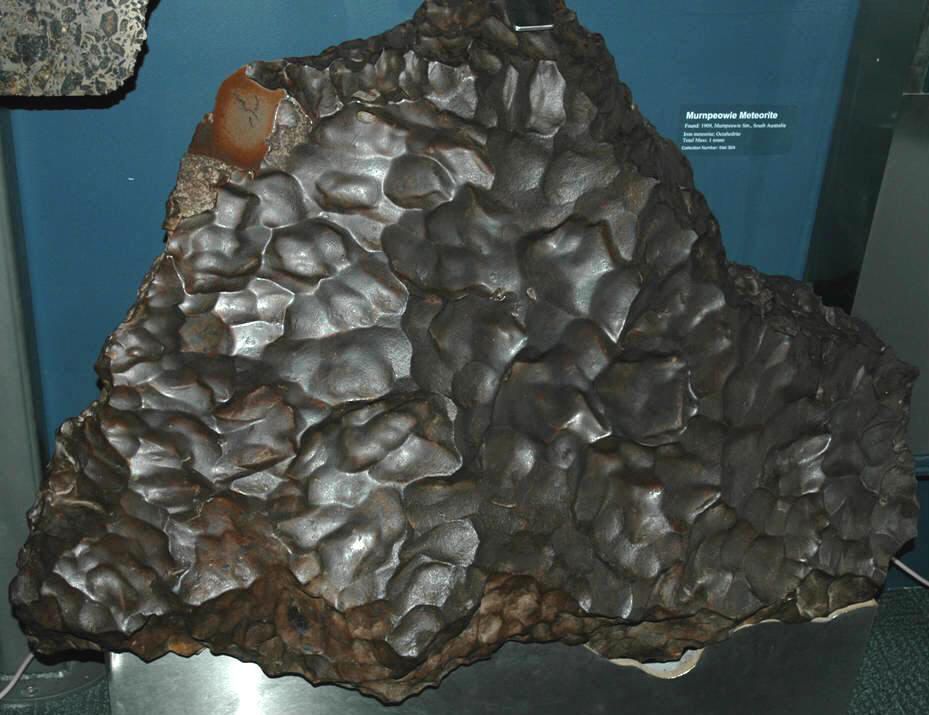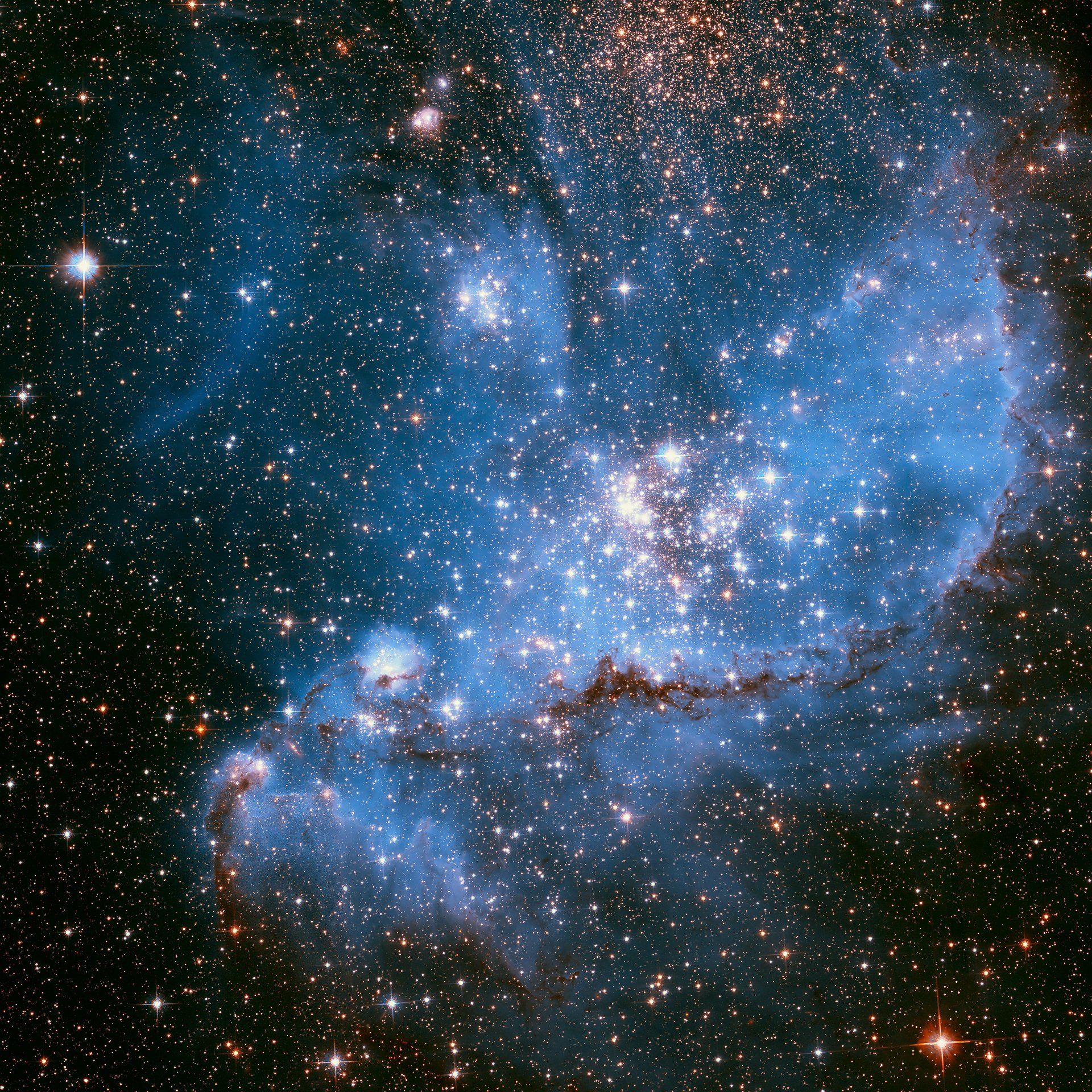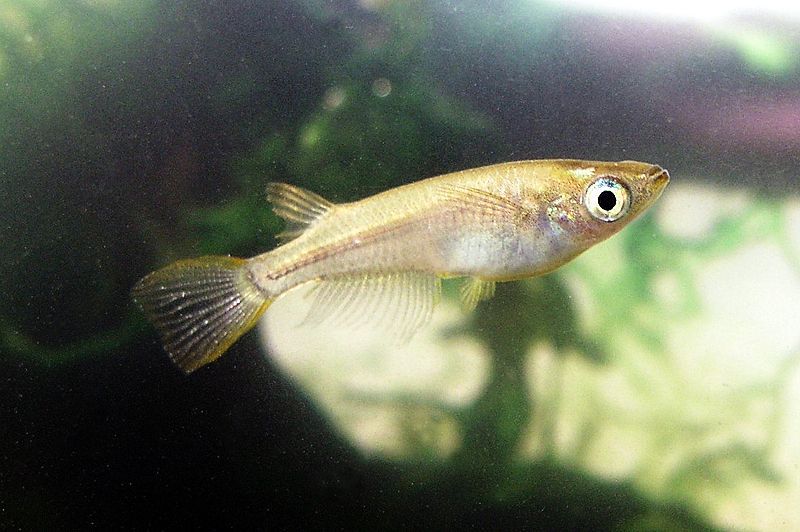Meteoroids, Meteors and Meteorites
Whats The Difference Between Meteroids, Meteors And Meteorites.
All these terms are linked to the bright flashes of light we call "shooting stars" that occasionally streak across the night sky. The name we use depends on where these objects are located.
Meteoroids:
These are objects in space, ranging from tiny dust grains to small asteroids. Think of them as "space rocks."
Meteors:
When meteoroids speed into Earth's or another planet's atmosphere and burn up, they create the fiery streaks known as "shooting stars."
Meteorites:
If a meteoroid survives its journey through the atmosphere and lands on the ground, it's called a meteorite.
How Many Meteorites Fall To Earth Every Day?
Scientists estimate that around 48.5 tons (44,000 kilograms) of meteoritic material fall to Earth each day. Most of it vaporizes in our atmosphere, leaving behind the bright trails we see as "shooting stars." On any given night, you can usually spot several meteors per hour. Sometimes, these numbers significantly increase, leading to what we call "meteor showers."
What Is A Meteor Shower?
These are annual or periodic events that happen when Earth passes through the dusty debris left behind by a comet. Meteor showers are typically named after a nearby star or constellation from which the meteors seem to originate in the sky. One well-known example is the Perseids, which peak in August each year. Each Perseid meteor is a small fragment of the Swift-Tuttle comet, which orbits the Sun every 135 years.
Where Can You Find Meteorites?
Meteorites can touch down anywhere on Earth, including its vast oceans. Yet, some places make spotting meteorites easier. The best spots for meteorite hunting are typically dry and barren landscapes. These areas lack thick vegetation or forests that could hide meteorites, and they receive minimal rainfall that might erode or wash them away.
The prime meteorite hunting locations include Antarctica, the arid deserts in the northwestern part of Africa, and the American Southwest. Antarctica is especially intriguing because it's a snow and ice-covered desert where a peculiar-looking space rock would stand out.
So, the next time you're hiking in the desert or exploring Antarctica, keep an eye out for rocks that might be meteorites.
How To Tell If You Found A Meteorite

There are a number of tests that scientists use to determine if a rock comes from Earth or from Space.
The Magnet Test
Meteorites come in three main categories: irons, stones, and stony-irons. Almost all meteorites have some extraterrestrial iron and nickel, so we usually start by using a magnet to check if something might be a meteorite. Iron and stony-iron meteorites have a lot of iron and are strongly attracted to magnets, making them hard to separate. Stone meteorites also have a significant iron content and will stick to a good magnet.
While some Earth rocks can attract magnets, it's not a foolproof test, but it's a helpful initial step. Lunar and Martian meteorites, along with most achondrites (stone meteorites without chondrules), have very little or no iron. Even a strong magnet won't affect them. However, these types of meteorites are incredibly rare, so as a general rule, we usually disregard specimens that don't stick to a magnet.
Weight And Density
Iron meteorites are quite heavy, and when you hold one in your hand, it feels much heavier than a typical Earth rock should. For example, a iron meteorite the size of a softball can weigh around five or six pounds, making it feel exceptionally dense. It's similar to the sensation of holding a large steel ball bearing as big as a grapefruit.
Visual: Fusion Crust
When a meteoroid, which could potentially become a meteorite, enters our atmosphere, it encounters intense heat due to the atmospheric pressure. This causes the rock's surface to melt, and the air around it to glow brightly. This brief but powerful heating process leads to the formation of a thin, dark outer layer known as fusion crust.
Meteorites essentially "burn up" in our atmosphere, making them appear darker than the regular rocks found on Earth. Some Earth rocks, particularly in dry regions, develop a surface coating called desert varnish, which can be mistaken for fusion crust by those unfamiliar with meteorites. However, true fusion crust doesn't occur on Earth rocks. It is fragile and gradually weathers away over time. In contrast, a recently fallen meteorite will display a distinct dark crust, much like a charcoal briquette.
Visual: Regmaglypts
Regmaglypts, commonly called thumbprints, are oval dents typically found on the surface of many meteorites, often similar in size to a peanut. They resemble the impressions a sculptor might create when working with wet clay, which is how they got their name. Regmaglypts form when the outer layer of a meteorite melts during its journey through the atmosphere, making them a distinctive feature unique to meteorites.
Visual: Flow Lines
When a typical meteorite passes through the atmosphere, its surface might melt and create tiny streams called flow lines. These flow lines can have very fine patterns, sometimes even thinner than a strand of human hair, and they represent one of the most distinctive and fascinating surface features of meteorites.
Visual: Chrondules And Metal Flakes
Chondrites, a type of stone meteorite, are the most common among meteorites. They are primarily made up of tiny, grain-like spheroids called chondrules, which come in various colors.
Chondrules are believed to have formed in the early solar system, before the planets, and they're not found in Earth rocks. Chondrites also typically contain small bits of iron-nickel metal and shiny blobs of this extraterrestrial alloy can often be seen on their surfaces, though you might need a magnifying glass to spot them.
You can perform a simple test by taking a small piece from a suspected stone meteorite using a file or bench grinder and then examining the exposed surface with a magnifying lens. If you see metal flecks and small, round, colorful inclusions inside, it's likely a stone meteorite.
Lab Testing: Nickel
Nickel is a rare element on Earth, but it's nearly always found in meteorites. If a suspected meteorite passes the magnet test and looks promising upon visual examination, we may decide to check for nickel content.
© Copyright 2021 Space-facts.co.uk
View our other facts sites: www.animal-facts.co.uk










